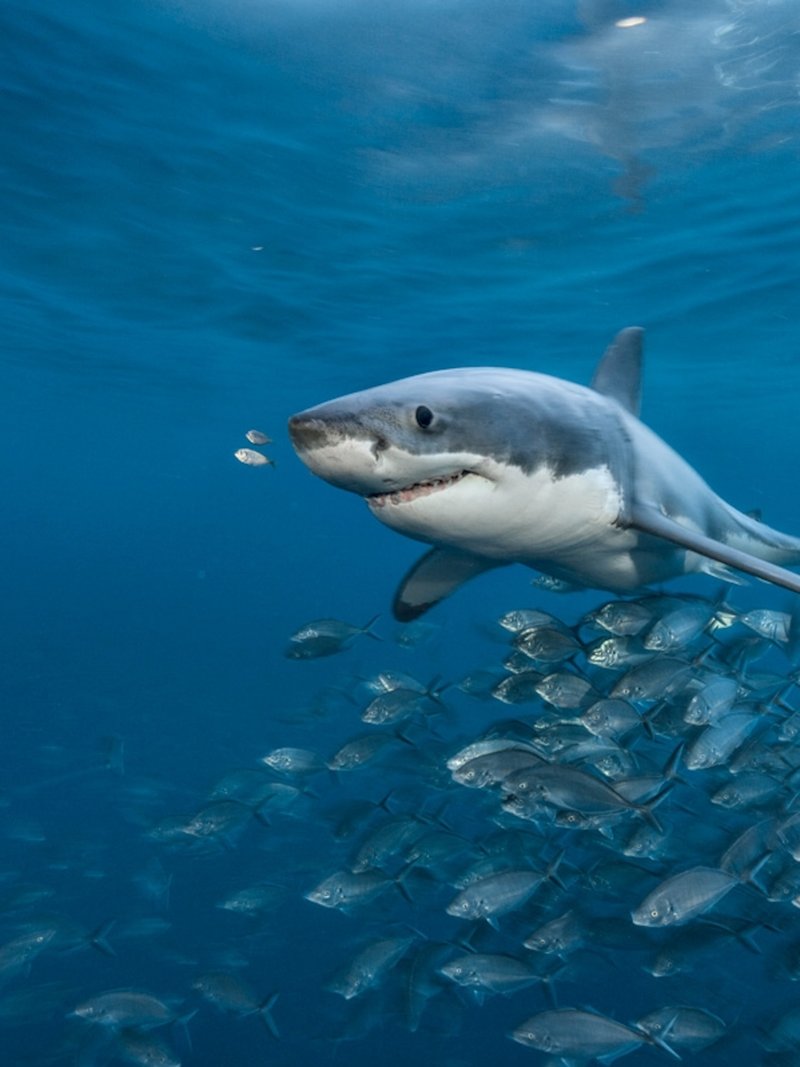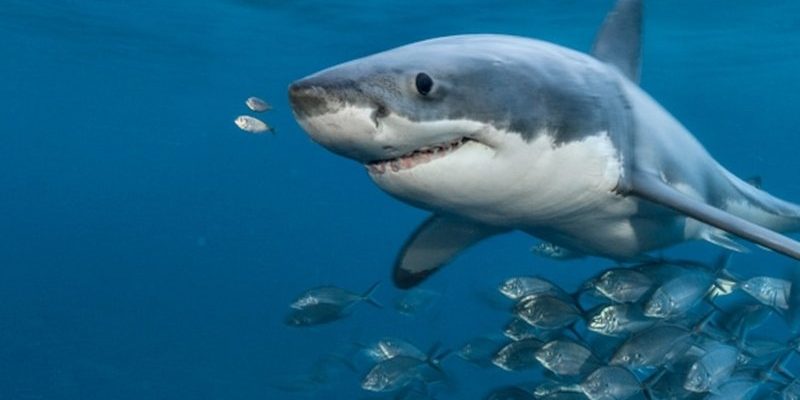
Thinking about them roaming the deep blue might make you picture a thriving ecosystem. But if you dig a little deeper, you’ll find that great white sharks encounter numerous dangers that can impact their population and health. Let’s dive in and explore what these threats are, how they affect our oceanic friends, and why it matters to all of us.
Overfishing: A Major Concern
One of the most pressing threats to great white sharks is overfishing. Just like how a crowded restaurant can run out of food if too many people order from the menu, our oceans can be emptied of fish populations if too many are caught. Fishermen often target sharks for their fins, meat, and jaws, leading to a sharp decline in their numbers.
Great white sharks, in particular, reproduce slowly. They reach maturity later in life and have fewer offspring compared to other fish species. This means that when sharks are heavily fished, their populations can’t bounce back quickly. Ultimately, it disrupts the delicate balance of the marine ecosystem.
In a world where fish stocks are dwindling, there’s a real concern that we’re fishing out species faster than they can replenish themselves. It’s crucial for both the shark and broader ocean health that we consider sustainable fishing practices.
Bycatch: The Silent Killer
While targeting other fish, many sharks unintentionally end up caught in nets and fishing lines. This is known as bycatch, and it poses a serious risk to great white sharks. Picture a strong swimmer suddenly tangled in a net—it’s a frightening scenario, right? Many of these sharks don’t survive the ordeal.
Bycatch affects not only great whites but various marine life, disrupting the balance of fish populations. Each creature plays a specific role in its ecosystem, and when one is removed, it can have a cascading effect. Encouraging the use of shark-friendly fishing gear and practices can help mitigate this issue.
Habitat Loss: Where Have All the Good Spots Gone?
Great white sharks thrive in specific habitats, often in coastal areas that serve as breeding grounds or nurseries for younger sharks. However, human activities, such as coastal development and pollution, are destroying these important habitats. Imagine losing your favorite hangout spot because it’s been turned into a parking lot—that’s how sharks feel.
When coastal areas are polluted, it doesn’t just harm sharks; it negatively impacts the entire marine community. Polluted waters can lead to reduced food sources for great whites and disrupt their natural behaviors. Protecting coastal environments is vital not just for sharks but for many marine species that depend on healthy ecosystems.
The Role of Marine Protected Areas
One way to combat habitat loss is through the establishment of Marine Protected Areas (MPAs). These areas provide a refuge for sharks and many other marine species, allowing them to thrive without the pressures of fishing or habitat destruction. Picture a safe haven where sharks can grow, breed, and interact without fear—essentially, a “no-fishing zone.”
The success of these protected areas relies on active management and enforcement. When local communities and governments collaborate to sustain MPAs, great white sharks have a fighting chance for survival.
Climate Change: An Unseen Threat
You might not think of climate change as a direct threat to great white sharks, but it significantly impacts their environment. As ocean temperatures rise, the distribution of marine life changes, which can affect the sharks’ food sources.
Warmer waters can lead to unpredictable changes in prey availability. If great whites can’t find enough food, it affects their health and ability to reproduce. Additionally, changes in ocean chemistry can harm marine ecosystems, disrupting the balance of life beneath the waves.
Addressing climate change involves global efforts, but on a personal level, small actions like reducing waste and supporting clean energy initiatives can contribute to positive change.
Ocean Acidification: A Ripple Effect
As we burn fossil fuels, carbon dioxide levels rise, causing ocean waters to become more acidic. This phenomenon, known as ocean acidification, is detrimental to many marine life forms. While great white sharks are resilient, their food sources, like shellfish and small fish, suffer immensely.
The changes in prey populations due to acidification can lead to food shortages for sharks. Without healthy prey, even top predators can face challenges. Supporting efforts to reduce carbon emissions and protect ocean habitats plays a crucial role in safeguarding great whites and the entire marine ecosystem.
Pollution: A Toxic Encounter
From plastic waste to chemical runoff, pollution is another major threat to great white sharks. Pollutants can accumulate in the food chain, affecting smaller fish that sharks rely on for sustenance. Imagine eating a bunch of junk food every day—it wouldn’t help your health in the long run, would it?
Chemical pollutants can also have harmful effects on shark reproduction and overall health. The impact of pollution isn’t always visible but can lead to long-term detrimental effects for shark populations.
Reducing pollution requires concerted effort from everyone. Simple actions—like recycling, using less plastic, and supporting conservation programs—can help keep oceans cleaner for all marine life.
The Importance of Awareness
Raising awareness about pollution is crucial. When communities understand the consequences of littering and waste disposal, they may be more inclined to take action. Engaging in local beach cleanups or supporting organizations focused on ocean health can make a significant difference.
Conservation Efforts: What’s Being Done?
Despite the many threats, numerous organizations are working tirelessly to protect great white sharks and their habitats. Conservation efforts include stricter fishing regulations, public awareness campaigns, and research initiatives. The goal is to ensure that these magnificent sharks can thrive for future generations.
Many countries have implemented laws to protect great whites from overfishing and habitat destruction. Various organizations also promote research to understand better the shark’s behavior and ecology, which can guide effective conservation strategies.
Your Role in Conservation
You might be wondering, “How can I help?” Supporting sustainable seafood choices, participating in beach cleanups, and advocating for marine protections are all ways individuals can contribute. Even sharing information about great white sharks on social media can help raise awareness.
The combined efforts of passionate individuals can create a tidal wave of change, ultimately benefiting the ocean and the incredible creatures that inhabit it.
Great white sharks are more than just fearsome predators. They play a crucial role in maintaining the balance of marine ecosystems. Understanding the threats they face helps us realize that every action counts. Whether it’s reducing pollution, advocating for conservation, or spreading awareness, everyone has a role to play in protecting these incredible creatures.
In the end, supporting great white sharks means supporting a healthier ocean for all. So, the next time you think about the great white shark, remember the challenges they face and consider how you can make a difference. Together, we can ensure that these majestic titans of the sea continue to thrive in our oceans for generations to come.

